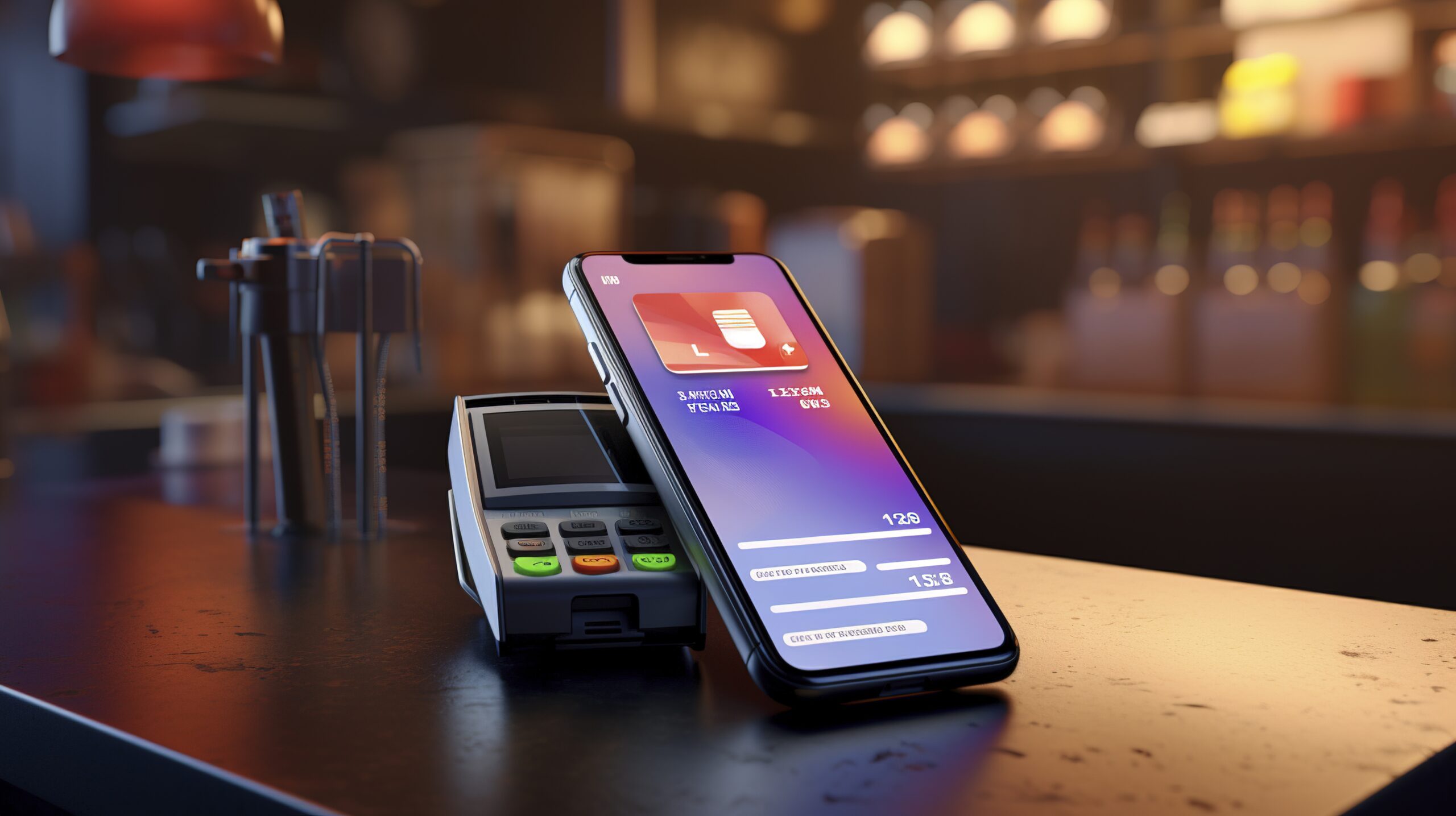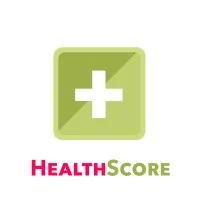India is a country where cash is quite dominant. Even with the invention of instant and easy online payments, there are many who are wary of using online methods to make payments. With every nook and corner vendor accepting UPI, I wouldn’t be surprised if there were people at traffic lights showing their QR codes asking for money.

Hospitals are usually quite open to all kinds of payment methods – Cash, NEFT, UPI, Credit card, etc.
Handling cash has multiple challenges.
Handling cash has multiple challenges.
1. Risk of duplicate/invalid notes.
2. Risk of not having the exact amount of change.
3. Risk of losing some or all of it.
4. Maintaining a chain of evidence until it is deposited to the bank every day.
Patients of the age group 20 to 30 prefer to pay by cash the least and patients of the age group 40 and above prefer the least to pay through digital payment methods.
New-age healthcare providers prefer 97% of digital payments while traditional ones have around 40% or less.
There is definitely a trend of digital payments taking over cash across the world. However, there are some challenges with the way digital payments are implemented locally at each institution.
1. Risk of online fraud.
2. Risk of having to verify every transaction while not having access to the bank account to verify.
3. Payment gateway charges.
The risk of unhappy customers having to wait until the transaction is verified is real and increasing. While a single shop owner might have his mobile or sound boxes that announce to everyone nearby that the payment has been received, a hospital needs privacy and quiet when dealing with patients.
Also, when there are patients waiting in a queue, asking for the patient’s mobile or screenshot to verify payments is also a real challenge faced by the front desk team.
The sweet spot lies where digital payments are integrated directly into the billing system. A local dharshini(a small eatout) or a canteen doesn’t need your name or phone number to identify whether it is you who paid and the billing system is savvy enough to update and generate a bill automatically once the payment is made.
Hospital billing systems are much more complex and there are several patients being attended to at the same time. The complexity increases as the type of billing items might be different such as consultations, packages, pharmacy, and lab items.
The level of service provided is usually related to the billed amount and may require additional parameters such as corporate/insurance/package payments etc.
New-age hospital billing systems, such as HealthScore are expected to be savvy enough to understand and comprehend the complexities. When procuring software for your healthcare organization, ensure that the trusted billing system is flexible and can do at least a few simple automation such as:
1. Automatically credit the payment made to the right patient bill.
2. Verify that the payment is actually received and transfer to your bank account immediately.
3. Send a copy of the bill to the patient.
4. Accept and integrate with all digital payment methods for patients to pay.
Automatic payment verification builds trust and can help reduce fraud thus giving peace of mind to the front desk users that their job is well done.
In summary, both cash and digital payments have their challenges. And, at least for the next 5 to 10 years, there will be cash prevalent at healthcare organizations, especially from their older patients.

